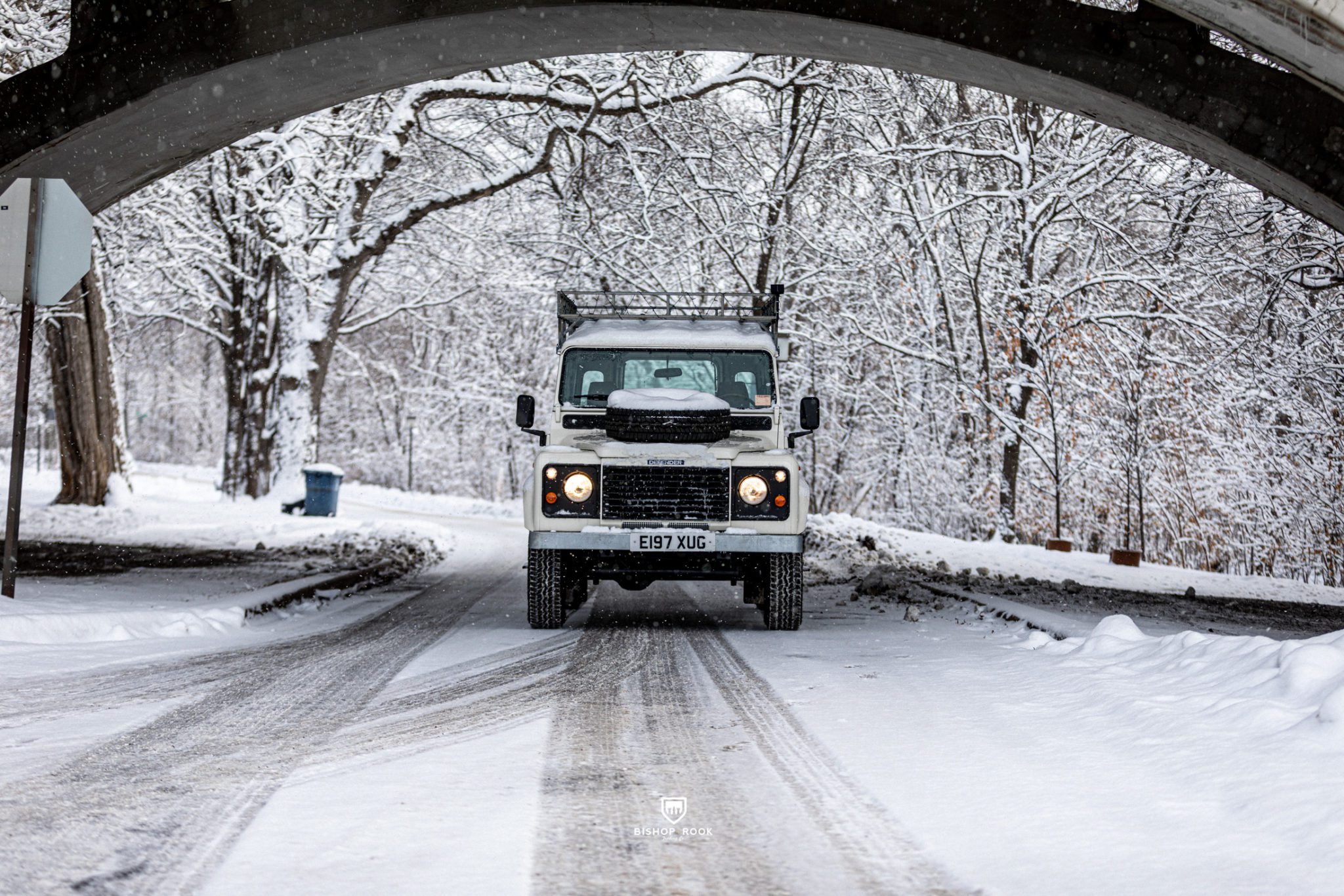The quick guide on how to get started on your journey to Defender ownership – Part One
Earlier this year we started to pull together a comprehensive guide to vintage Land Rover Defender ownership with plans on publishing it early this year. Just before going to print, reached out to the online Defender community to find out what sorts of questions people still had about the process, which made us realize we had a lot more work to do.
There is a lot of misinformation on the market right now – creating confusion and preventing people from finding their perfect Defender. Yes, we are in the business of importing and building vintage Land Rover Defenders – and hopefully helping some of you adopt them – we also realize the importance of helping people through the learning curve.
While we continue to develop the official guide, we wanted to offer up a little primer as a way to get people started.
Land Rover Defender US-Market and Import Eligibility
If you would like to legally own a vintage Land Rover Defender in the United States, it must meet certain DOT and EPA requirements. The original North American Spec (NAS) Defenders imported into the US from 1994 to 1997 were limited to a few thousand, which is why they command a premium price tag. For most of you reading this guide, we will assume you are looking for a vehicle either from the UK or one of the other major Defender markets (Spain, Italy, France, etc.).
- For a Defender to be eligible to be imported to the US, it must be 25 years or older. No exceptions
- The Defender can be either Right Hand Drive (RHD) or Left Hand Drive (LHD). Both are legal
- The Defender, if not already imported, must maintain the original chassis (with stamped VIN) and original specification engine – this can be changed later, if you wish
- The Defender, if already imported, can be modified, upgraded, motor swapped, painted, turned upside down – and it will generally remain legal in most states to drive
- California is the exception to everything. Their strict smog and emissions requirement eliminate the vast number of Defenders from that market. There are some options, such as LS3 motor swaps (to be discussed later)
Note: If you’re reading this because you would like to import a Defender yourself, we will caution you that there is great risk. The process is stressful and time consuming – even for us. The savings you may anticipate will be easily offset by added expenses, transportation costs, customs fees, and time. The other risk is that we see a lot of “fancy looking” paint jobs on eBay covering up terrible rust and corrosion – not to mention the potential pitfalls of the lack of mechanical check-ups and maintenance from back yard flippers.
Where to Buy and/or Adopt a Vintage Land Rover Defender
Deciding where to get a Defender is probably the biggest decision you make, beyond selecting between a 90, 110, or 130. Here are the basics:
- The original owner
- A professional trader/dealer – overseas
- An un-professional trader/dealer – overseas
- An backyard flipper off eBay – overseas
- A US backyard flipper off eBay/Facebook
- A US importer/broker
- A US importer/builder/restorer
- A high-end bespoke builder
How To Import a Land Rover Defender to the US
We wrote a few quick guides on this subject a couple years ago. We’re planning to revise them soon.
Importing a Classic Land Rover Defender (Part I)
Importing a Classic Land Rover Defender (Part II)
Submit Your Questions
This guide is constantly evolving. What would you like us to answer?











